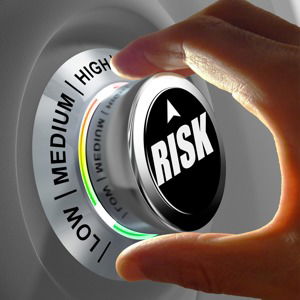Risk Control Framework

Consultancy Services – Risk Control Framework
- Risk Control Framework Manual
- RCF – Strategy Document
- Policy Documents
- Procedure Documents
- Assignment Instructions
- Workplace Risk Assessments
- OPRS - CCTV Camera Systems
- OPRS – Access Control Systems
- OPRS – Intruder Detection Systems
- OPRS – Manned Guarding Services
For further information and advice please contact:
Email: alan.smith@hazard360ltd.com
Mobile: +44 7860839876


